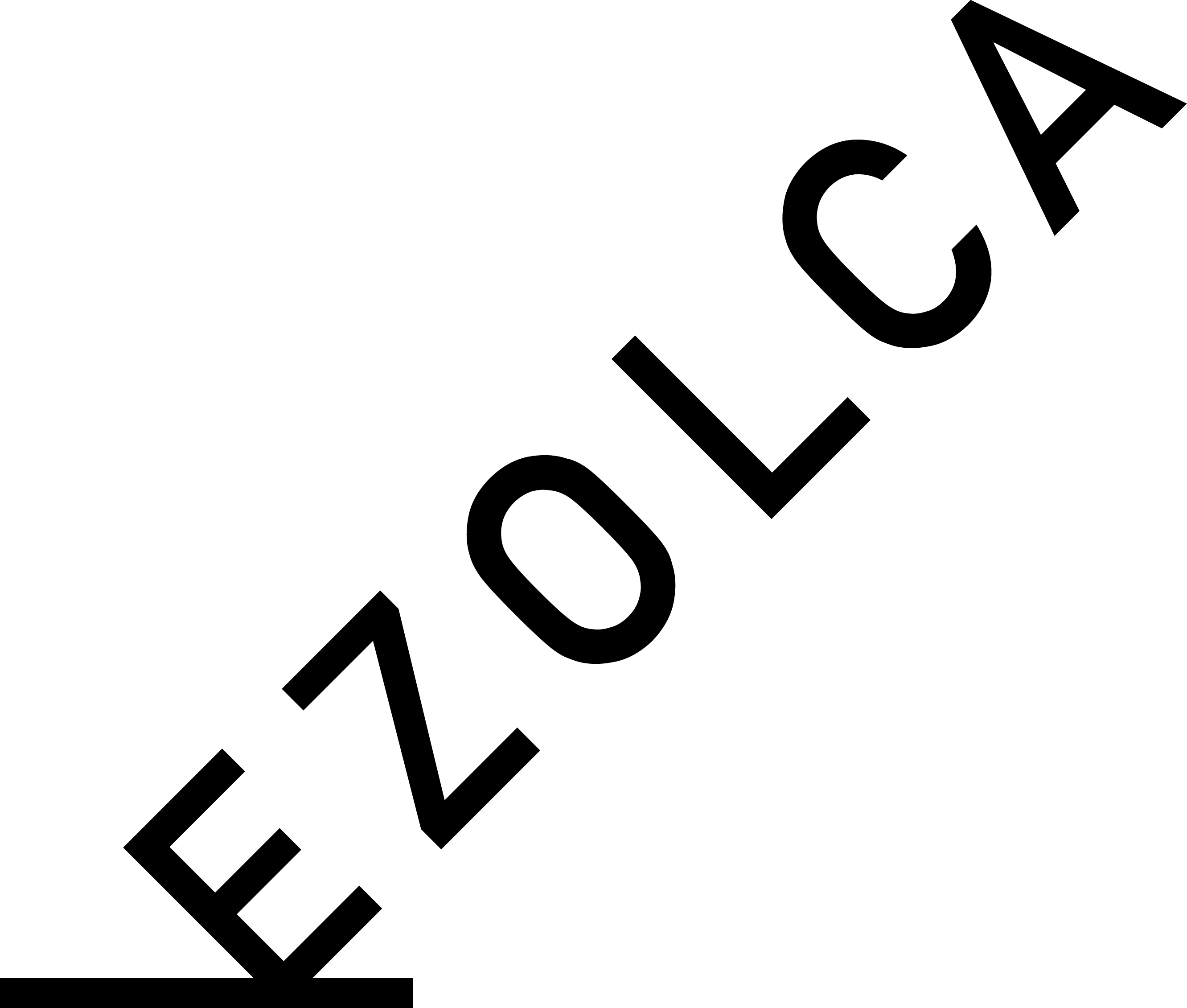DOMON Ken passed away quietly on September 15, 1990 at Toranomon Hospital in Tokyo, after eleven years in the hospital. He never regained consciousness following a stroke, his third, which he suffered in 1979.
He had once said, “Everyone must die. There is nothing you can do about it, and I am certainly going to die one day too. Death and life are absolutes, because they are reality.” One might say that he had submitted to the absoluteness of reality, and had even accepted it serenely. In any case, the realism of DOMON Ken was a pursuit of the absoluteness of “reality” wherever it might lead him. And he held the same view with regard to life and death.
Ken was born the eldest son of DOMON Kumazo, his father, and Tomie, his mother, in the Aioi section of today’s Sakata City, Yamagata Prefecture on October 25, 1909. In naming him “Ken,” which means “fist,” Kumazo hoped that his son would make something of himself, barehanded (tosh-kuken). In Watashi no rirekisyo ( My curriculum vitae ), DOMON describes the landscapes of his formative years. ” I grew up in the embrace of Nature in this northern region, where the winter skies present an unbroken blanket of low-hanging snow clouds and waves crest over the lead-colored Japan Sea, where spring finds the peach, plum and cherry wakening to blossom all at once, and where Mt. Chokai, with its glistening remnants of snow, stands out against the deep blue sky of summer.”
But the environment in which he spent his childhood was by no means cheerful. His parents quarreled constantly, and after they went to Tokyo to try to make a new start, he followed them in 1916, taken there by an uncle.
He graduated from Yokohama Dai-ni Middle School in 1928. At that time DOMON dreamed of becoming a painter, but he happened to see Admonitions of the Imperial Instructress, a painting by Qu Kai Zhi, a famous Chinese painter of the 4th century, and “reached the conclusion that, with my ability, even after a lifetime I would never be as good as that. After a depressing and painful stocktaking, I gave up my dream of becoming a painter and broke all of my brushes” ( Watashi no rirekisho). He eventually got involved in the peasant movement, but after repeated arrests, had no choice but to give up.
This was his second setback, but these experiences had opened his eyes to the contradictions of the social structure. The ground for the ideas about social realism and ethnic realism, which were incorporated in his photographs after the war, was cultivated in this period.

